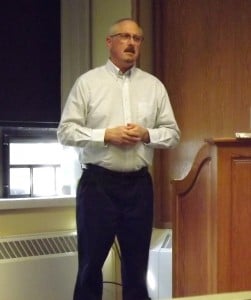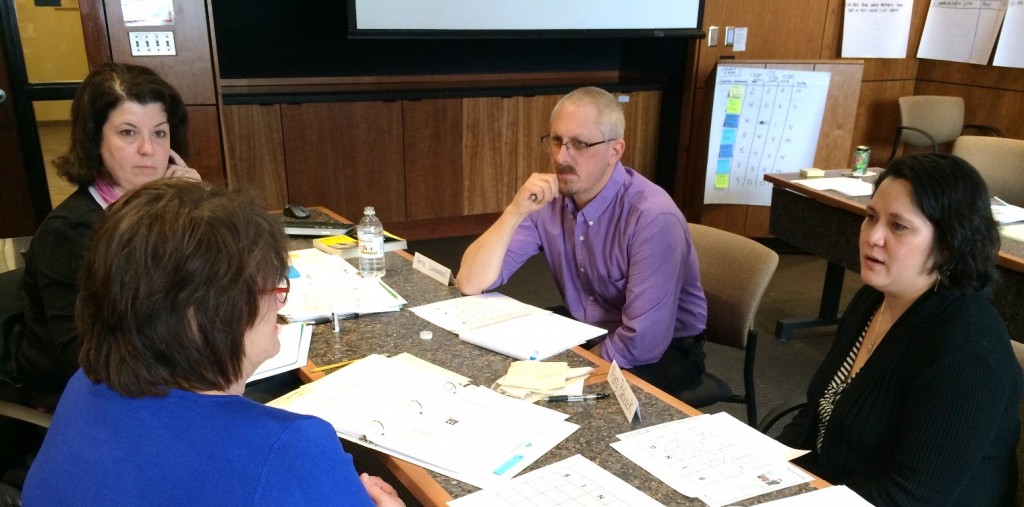At the Michigan Lean Consortium‘s annual conference, I attended a session on A3 Thinking for All Seasons by Brian Vander Weele. Brian began his session with a compelling story:
A young man approached the foreman of a logging crew and asked for a job. “That depends,” replied the foreman. “Let’s see you fell this tree.” The young man stepped forward, and skillfully felled a great tree. Impressed, the foreman exclaimed, “You can start Monday.” Monday, Tuesday, Wednesday, Thursday rolled by — and Thursday  afternoon the foreman approached the young man and said, “You can pick up your paycheck on the way out today.” Startled, the young man replied, “I thought you paid on Friday.” “Normally we do,” said the foreman. “But we’re letting you go today because you’ve fallen behind. Our daily felling charts show that you’ve dropped from first place on Monday to last place today.” “But I’m a hard worker,” the young man objected. “I arrive first, leave last, and even have worked through my coffee breaks!” The foreman, sensing the young man’s integrity, thought for a minute and then asked, “Have you been sharpening your ax?” The young man replied, “No sir, I’ve been working too hard to take time for that!”
afternoon the foreman approached the young man and said, “You can pick up your paycheck on the way out today.” Startled, the young man replied, “I thought you paid on Friday.” “Normally we do,” said the foreman. “But we’re letting you go today because you’ve fallen behind. Our daily felling charts show that you’ve dropped from first place on Monday to last place today.” “But I’m a hard worker,” the young man objected. “I arrive first, leave last, and even have worked through my coffee breaks!” The foreman, sensing the young man’s integrity, thought for a minute and then asked, “Have you been sharpening your ax?” The young man replied, “No sir, I’ve been working too hard to take time for that!”
Sometimes we get so involved in getting our work done, we forget to look around to see if there’s a better way. Using an A3 form is a simple, structured method for improvement. It’s a terrific tool to reinforce understanding the problem before jumping to solutions. It makes the problem and proposed countermeasures visible, and encourages experimentation. But it’s not the form itself that holds the power–it’s the thinking and the process. Lean processes, methods, and tools can be used to create an environment where continuous improvement is the norm.
Tell us about your favorite Lean tool!

 Take a look at the list of our
Take a look at the list of our  This week, we were fortunate to have
This week, we were fortunate to have 